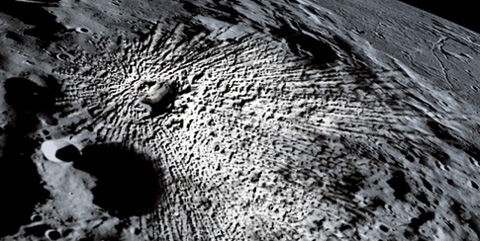

Before NASA sends astronauts to live on the moon in 2020, per presidential mandate, the agency must first figure out what resources the lunar neighborhood has to offer. Are there stores of ice that could be melted and processed to provide oxygen to breathe and hydrogen for rocket fuel? Or is the potential fuel locked up inside rocks? To find out, NASA has a simple yet ingenious plan, set to launch in 2008: Slam two chunks of steel into a crater near the moon´s southern pole and study what flies out. Of top interest is hydrogen, discovered beneath the soil during previous missions. The key here, says NASA investigator Anthony Colaprete, is that scientists will finally learn how the hydrogen is stored-in ice, minerals or as free protons in the lunar soil. This information, he explains, â€will tell us which way we need to go in terms of the technology for extracting it.â€
Launch the slideshow to see how LCROSS will bring NASA one step closer to its lunar home away from home.
You’ll need the QuickTime plug-in to view this video. Download it here for free if you don’t already have it
installed.
| | align=”center”>


